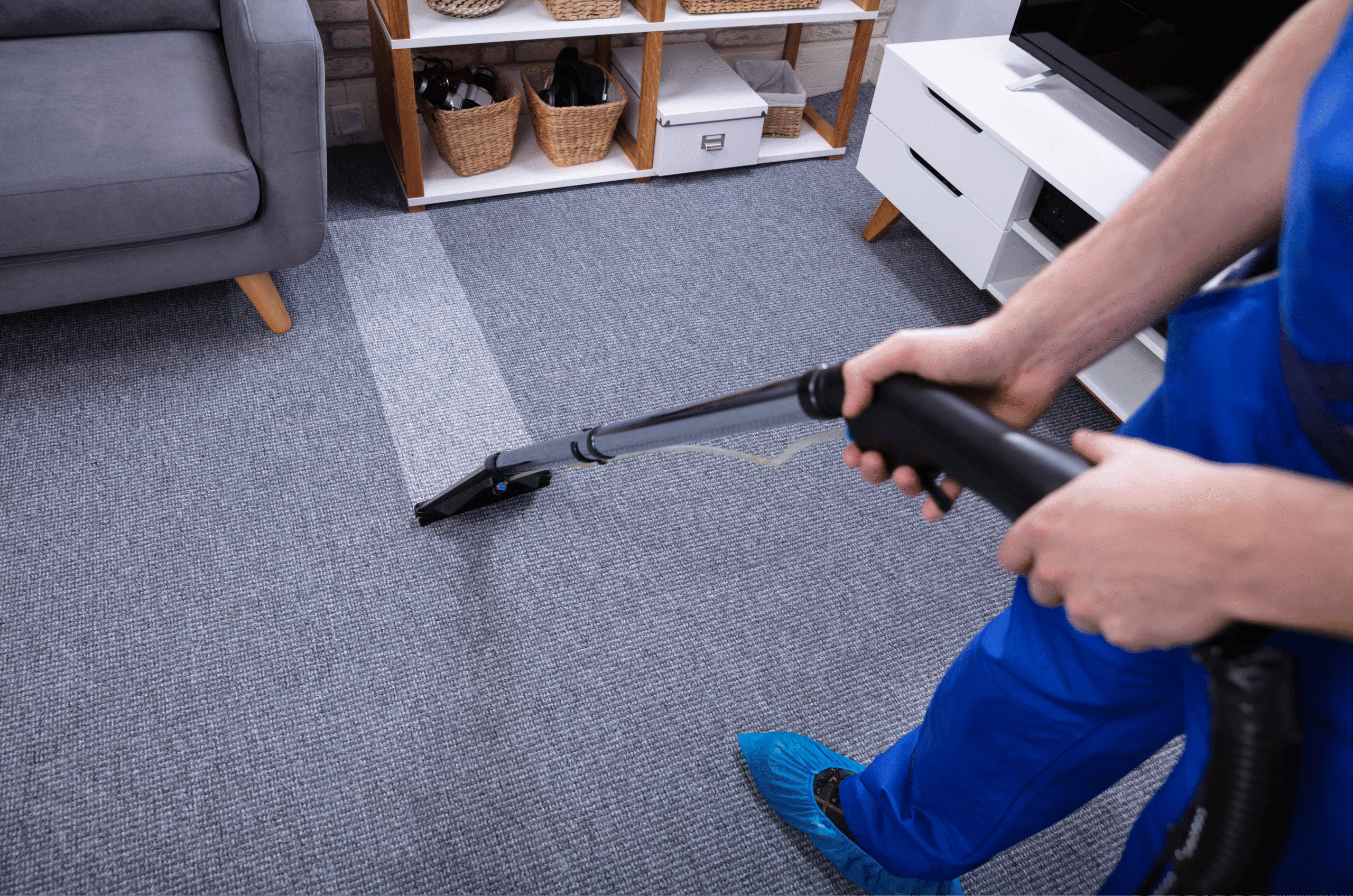1) Know your fabric (and its cleaning code)
Most upholstered chairs have a hidden tag (under the seat or cushion) with a cleaning code:
- W = water-based cleaners OK
- S = solvent (water-free) only; ventilate well and keep away from open flames
- WS / W-S = water-based or solvent spot cleaning (test first)
- X = vacuum or brush only — no liquids or solvents
When in doubt — or if the piece is valuable — call a professional.
2) Your weekly 10-minute routine
- Vacuum thoroughly using the upholstery tool: seat, back, seams, buttons, and the underside where dust settles.
- Rotate cushions (if removable) to distribute wear.
Keeping dry soil off the fabric slows down abrasion and graying.
3) Spills & spots: speed + technique
- Blot, don’t rub. Use a clean white cloth and work from the outside in so the spot doesn’t spread.
- Use the right cleaner for your code.
- W: small amount of water or mild, water-based upholstery cleaner.
- S: a water-free solvent only — keep the room well ventilated and follow the label.
- Avoid over-wetting. Excess moisture can cause “rings” or wicking. If you do rinse, use minimal moisture and blot dry thoroughly.
- Dry completely. Aim to dry within 24–48 hours; lingering dampness invites odor and mold.
4) Pet hair, dust & allergens
- Before vacuuming, quickly sweep fabric with a dry (or lightly damp) rubber glove to lift embedded pet hair; then vacuum it away.
- Use vacuum crevice tools around tufting and seams where debris collects.
5) Safer products for family & pets
When buying spot cleaners, look for the U.S. EPA Safer Choice label — products reviewed to meet safety and performance criteria. Always patch-test first.
6) When to call a pro
If your piece is code X/S, has set-in stains, color bleeding, or browning after drying, schedule a professional upholstery cleaning — trained techs know how to treat delicate fibers and finishes.
Local tip: Los Angeles / South Bay
Coastal air + pollen = more fine dust on fabric. Add a quick mid-week vacuum pass during high-pollen or windy periods, and open windows briefly after any spill cleanup to speed dry-out (humidity permitting). Drying fast is your best odor defense.
FAQs
Q: Where do I find the cleaning code on my chair?
A: Look under the seat, along the platform, or beneath removable cushions for a small fabric tag labeled W, S, WS/W-S, or X. If missing, check the manufacturer’s site or sales documentation.
Q: Is a little water safe on every fabric?
A: No. S and X codes mean skip the water — use a solvent (S) or vacuum only (X). When solvents are allowed, ensure good ventilation and avoid ignition sources.
Q: How fast should I dry a damp spot?
A: As quickly as possible — ideally within 24–48 hours to discourage mold/mildew. Use airflow and absorbent towels; avoid soaking.
Q: What’s the safest “first step” cleaner?
A: For W fabrics, start with water or a mild water-based upholstery cleaner; for S, use a water-free solvent and follow the label. Prefer Safer Choice products when available. Always test first.

